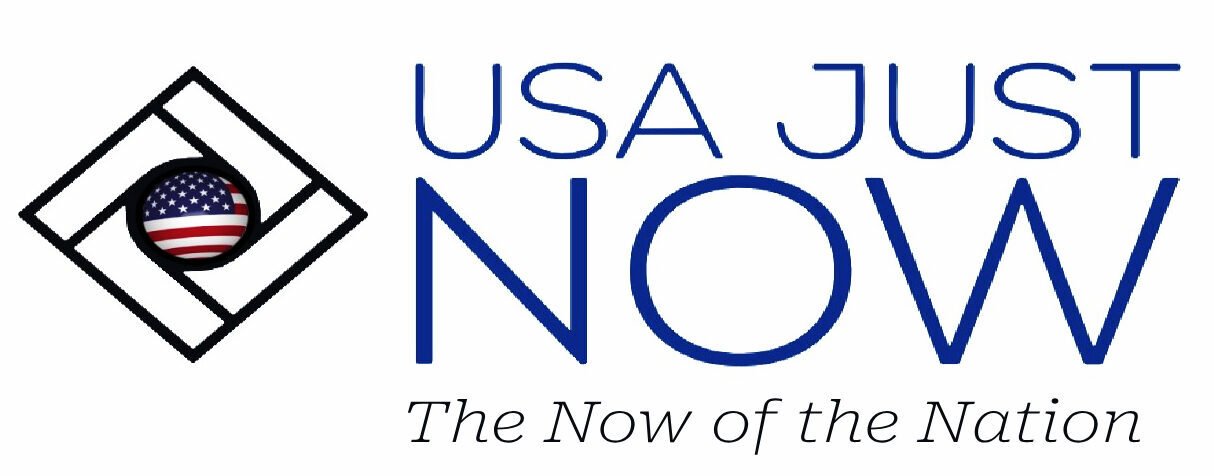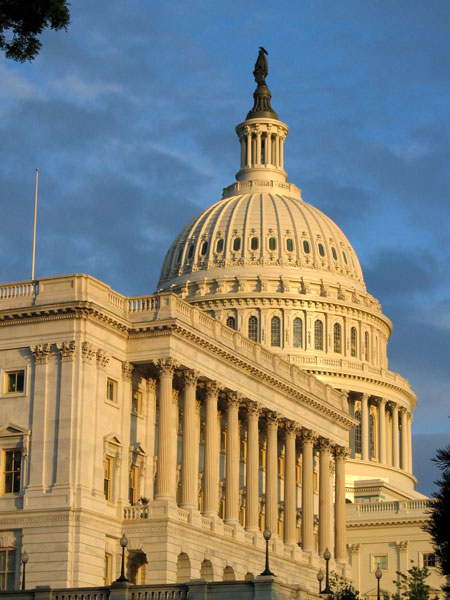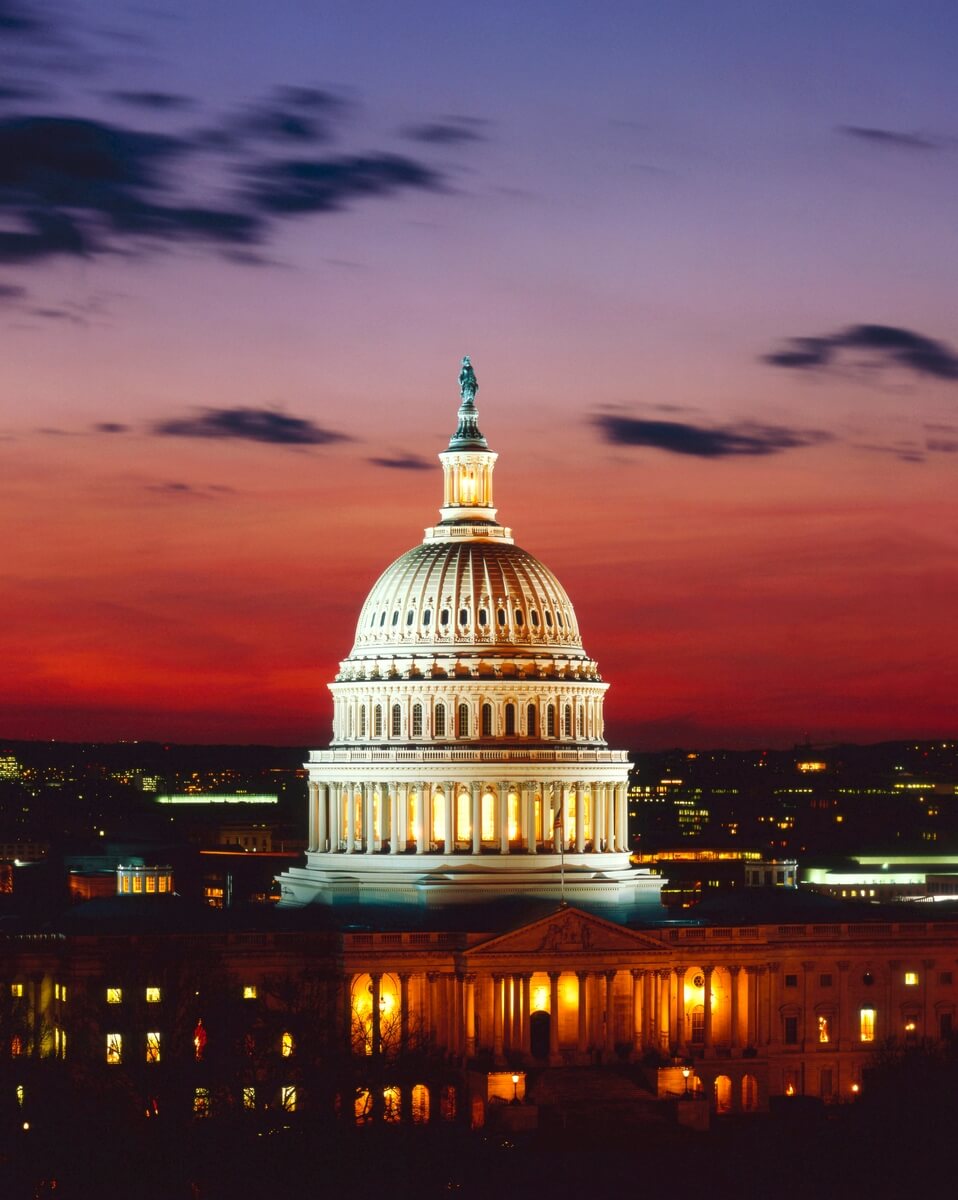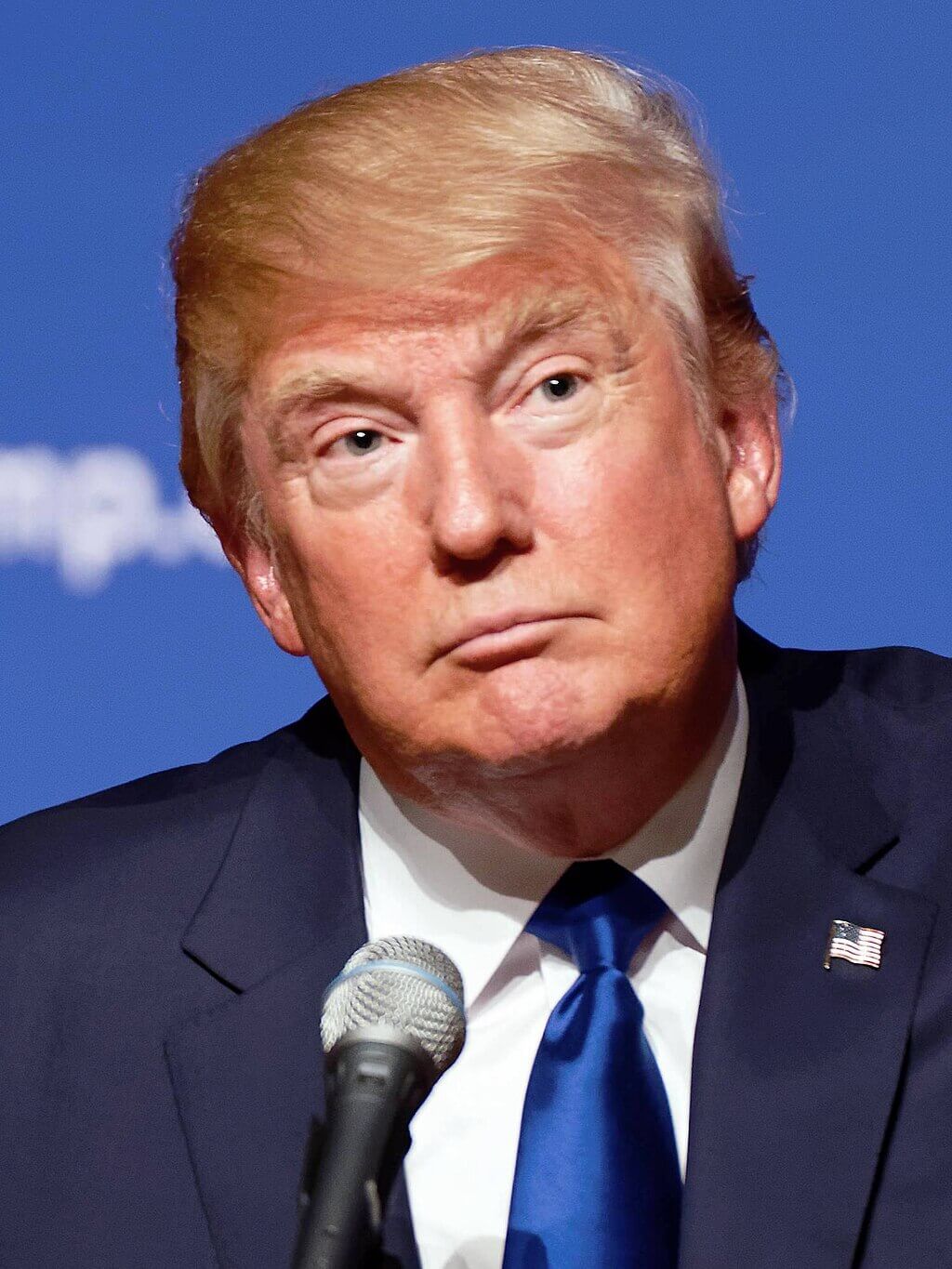Image (for representational purpose) Courtesy: David Maiolo, CC BY-SA 3.0, via Wikimedia Commons
WASHINGTON, D.C. – October 3, 2025 – The Third Day of U.S. Government Shutdown Extends Amid Budget Deadlock; Federal Worker Layoffs Loom, as a failure among lawmakers to pass essential funding legislation for fiscal year 2026 continues to paralyze federal operations nationwide. The stalemate between Republicans and Democrats, primarily centering on disputes over healthcare subsidies and broader budget priorities, shows no immediate signs of compromise.
Political Deadlock and Key Issues
The current shutdown, which began at 12:01 a.m. EDT on October 1st, marks the first such event in nearly seven years. Efforts by both parties to reach a bipartisan agreement have so far been unsuccessful. Senate votes planned for Thursday were cancelled for the Yom Kippur holiday, with the next round of legislative action expected on Friday afternoon. Republicans are seeking support for a seven-week stopgap bill, which Democrats in the Senate are blocking, demanding extensions on health-related funding, particularly for Affordable Care Act (ACA) premium tax credits and a reversal of Medicaid cuts.
President Donald Trump has escalated tensions, using his Truth Social platform to announce plans with budget director Russ Vought to identify “Democrat Agencies” for “temporary or permanent” spending cuts. White House press secretary Karoline Leavitt stated on Thursday that mass firings of federal workers are “imminent” and “likely going to be in the thousands,” a significant departure from the usual practice of temporary furloughs during past shutdowns. Vice President JD Vance also echoed these sentiments, stating layoffs would occur “if the shutdown continues.”
Impact on Federal Workforce and the Economy
The impact on the federal workforce is significant. As many as four million federal employees—including an estimated 750,000 non-essential workers furloughed and 700,000 essential personnel working without immediate pay—face furlough or delayed paychecks. Federal contractors and some hourly workers are particularly vulnerable to losing income during the shutdown. The Trump administration’s warnings of impending mass layoffs represent a heightened threat, potentially extending across multiple agencies, including critical health-related organizations such as the Centers for Disease Control and Prevention (CDC), the Food and Drug Administration (FDA), and the National Institutes of Health (NIH). These agencies have already scaled back non-essential operations amidst the funding lapse.
Economically, the shutdown is proving costly. The Congressional Budget Office (CBO) estimates that the federal government will pay $400 million a day for furloughed employees who are not working. Additionally, according to an estimate by EY-Parthenon chief economist Gregory Daco, each week of the shutdown could cost the economy $7 billion and reduce GDP growth by 0.1 percentage points. The last shutdown in 2018-2019 reportedly cost the U.S. economy about $11 billion, according to the CBO. A critical concern for policymakers and investors is also the delay in releasing crucial economic data, such as the September labor report and consumer price index.
Public services offered by national parks, museums, and other federally funded institutions are also being suspended temporarily, affecting millions of Americans and visitors. For instance, the Justice Department has begun requesting federal courts to halt deadlines in civil cases due to staffing limitations, and local courts in Washington, D.C., are no longer issuing marriage licenses.
Outlook and Ongoing Negotiations
While unconfirmed reports hint at informal talks between rank-and-file lawmakers, there is no clear path to an immediate agreement as of this writing. Both parties remain deeply divided: Republicans are aiming for long-term budget cuts, while Democrats insist that key health and social programs be funded before negotiations can move forward. President Trump and OMB Director Russ Vought have reportedly initiated funding freezes for projects, including $18 billion for infrastructure in New York City and $8 billion in climate-related spending across 16 states that voted for Kamala Harris in 2024. These actions, combined with the threat of mass layoffs, signal a more aggressive and potentially punitive approach to this shutdown.
Economic analysts warn, according to preliminary statements, that the longer the government remains shuttered, the greater the risk to economic stability and essential services. While some project that most disruptions will be temporary if funding is restored by early next week, the political will for a swift resolution remains uncertain. Historically, shutdowns eventually end when one party yields to political and public pressures, though the timeline and terms remain uncertain this time. This ongoing situation, highlighting the Third Day of U.S. Government Shutdown Extends Amid Budget Deadlock; Federal Worker Layoffs Loom, underscores the complex balance between timeliness and accuracy in reporting, with official statements, political claims, and unfolding facts requiring careful verification to avoid misinformation. Pressure is mounting on lawmakers from the public and interest groups to break the impasse.
This content is intended for informational purposes only and is not financial advice.







